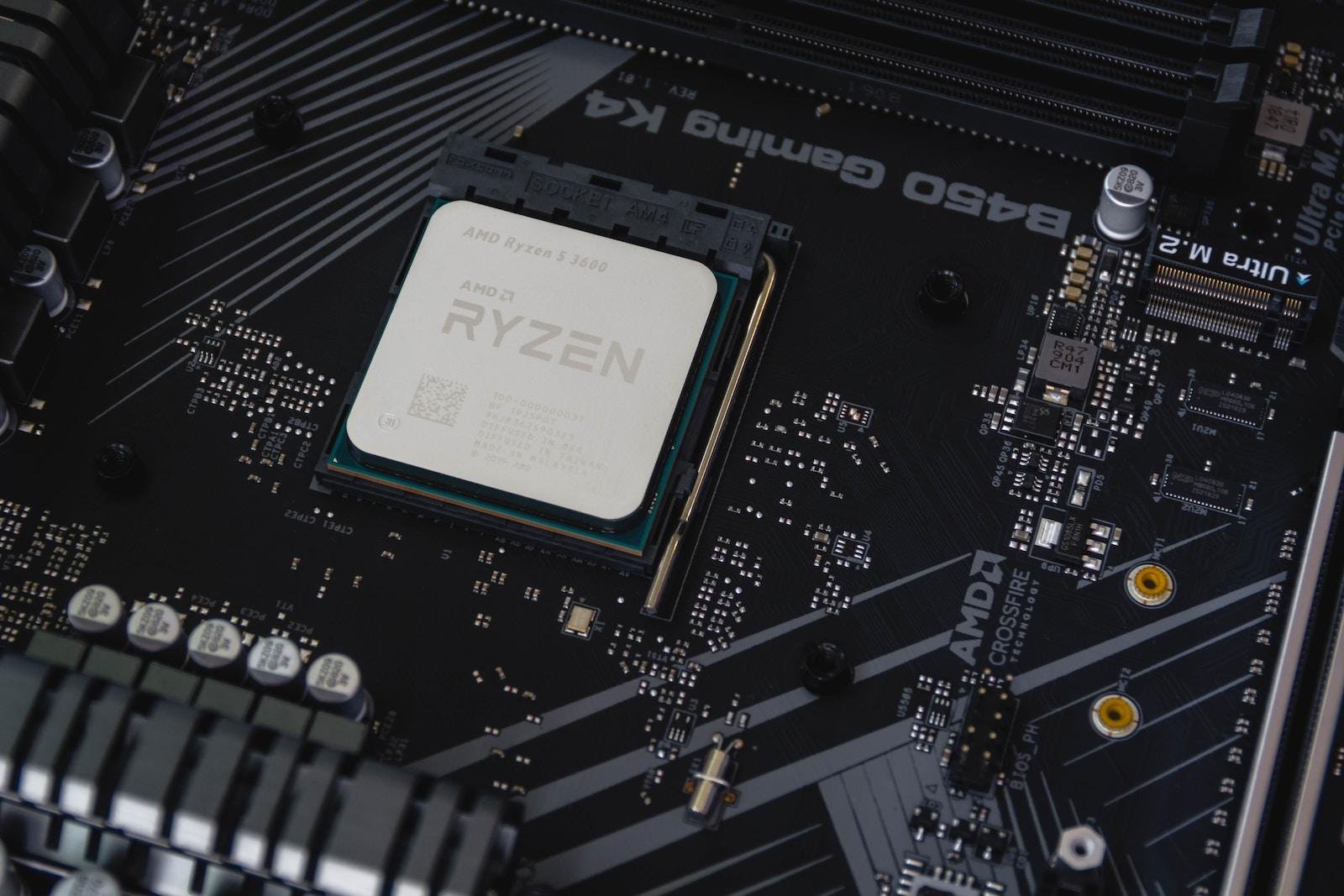Introduction
Understanding the velocity of an object in motion is essential in various fields such as physics, engineering, and sports. Velocity is a fundamental concept that helps us analyze the motion of objects and predict their future positions. In this article, we will explore the basics of calculating velocity and discuss the necessary formulas and considerations.
What is Velocity?
Velocity is a vector quantity that describes the rate at which an object changes its position. It includes both the magnitude and direction of motion. The magnitude of velocity is known as speed, while the direction is indicated by a vector arrow.
Calculating Velocity
To calculate the velocity of an object, we need two pieces of information: the object’s displacement and the time it takes to cover that displacement. Displacement refers to the change in position of the object, usually measured in meters (m) or any other appropriate unit of length. Time is measured in seconds (s).
The formula to calculate velocity is:
Velocity (v) = Displacement (d) / Time (t)
It is important to note that both displacement and time should be measured in the same direction. For example, if an object moves 10 meters to the east in 2 seconds, the displacement would be +10 meters (east) and the time would be 2 seconds.
Example Calculation
Let’s consider an example to illustrate the calculation of velocity. Suppose a car travels a distance of 200 meters towards the north in 20 seconds. To find the velocity, we divide the displacement by the time:
Velocity (v) = 200 meters / 20 seconds = 10 meters per second (m/s) north
So, the velocity of the car is 10 m/s in the north direction.
Instantaneous Velocity
In some cases, the velocity of an object may change over time. Instantaneous velocity refers to the velocity of an object at a specific moment in time. It is determined by calculating the object’s displacement over an infinitesimally small time interval.
To calculate instantaneous velocity, we can use calculus. By taking the derivative of the object’s position function with respect to time, we can find the velocity function. The velocity function gives us the instantaneous velocity at any given time.
Units of Velocity
Velocity is typically measured in meters per second (m/s) in the International System of Units (SI). However, other units such as kilometers per hour (km/h) or miles per hour (mph) are also commonly used, depending on the context.
Conclusion
Calculating the velocity of an object in motion is a fundamental concept in physics and other related fields. By understanding the basic principles and formulas, we can analyze and predict the motion of objects with accuracy. Remember to consider both the displacement and time, and ensure that they are measured in the same direction. Velocity provides crucial information about an object’s motion, enabling us to study and comprehend the world around us.







